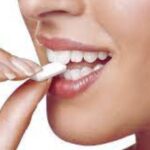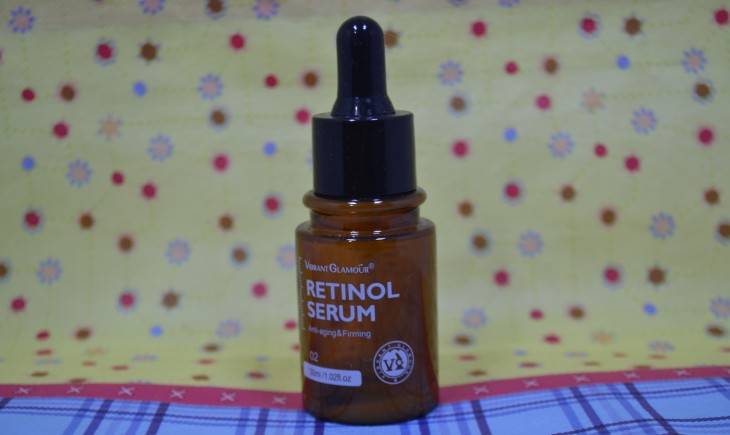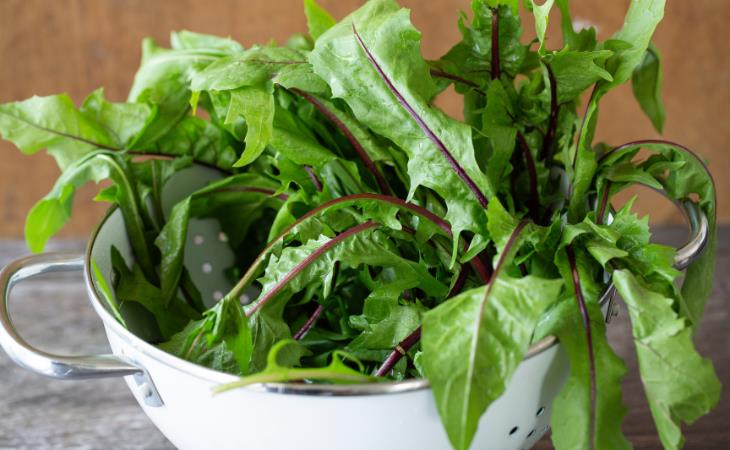The beauty market is flooded with collagen-infused products promising to
reverse aging, but collagen creams may not deliver what you’d expect.
The fundamental limitation? Collagen molecules are too large to
penetrate skin, so they sit on the surface, acting as moisturizers that
can make skin smoother, plumper, and firmer, albeit temporarily.
However, they do not stimulate collagen production or integrate into the
skin network.
While topical collagen won’t penetrate
deeply, there are proven strategies to boost your skin’s natural
collagen production at home. Let’s have a look at them, shall we?
Your Collagen-Boosting Routine
Make Sunscreen Non-Negotiable
Daily sun protection is the single most effective way to prevent
collagen loss—and starting young is crucial. Sun exposure causes skin
damage and triggers inflammation in fibroblasts, the cells responsible
for producing collagen building blocks. This damage reduces their
ability to create collagen precursors while simultaneously breaking down
existing collagen.

Retinol has earned its reputation as a
skincare miracle worker, and its collagen-boosting abilities are
particularly impressive. Retinoids are thoroughly researched ingredients
proven to increase collagen production and improve overall skin
appearance through multiple mechanisms: stimulating fibroblasts to
produce new collagen, inhibiting collagen-breaking enzymes, and
accelerating epidermal cell turnover to keep the dermis dense and
promote collagen growth.
Retinol’s ability to boost both collagen and elastin production leads to
improved overall skin texture.
Add Peptide Serums
Peptides—short chains of amino acids—serve as the building blocks of
proteins like collagen. These compounds can essentially trick the skin
into producing more collagen by acting as cellular messengers.
Peptides work through various pathways to
boost and protect collagen, including signaling skin cells, delivering
ingredients, and blocking enzymes that break down collagen. However, not
all peptide serums target collagen directly; some focus on supporting
functions like hydration or barrier strengthening. For instance,
neurotransmitter peptides act as muscle relaxants for immediate wrinkle
reduction rather than actively supporting collagen production.
Explore At-Home Devices
from the comfort of home. Devices such as micro-needling rollers, red
light therapy masks, and radiofrequency devices can stimulate collagen,
though they’re generally less powerful than professional treatments.
Success depends on consistency and proper use.
At-home lasers—both fractional types like
the Tria Laser and non-fractional options like the Nira Pro Laser and
Lyma Laser—stimulate collagen by creating controlled micro-wounds that
trigger the skin’s healing response, encouraging fibroblasts to produce
more collagen. LED light devices and masks can also stimulate or
activate these collagen-producing cells.
Embrace Antioxidants

Antioxidants like vitamin C protect against free radical damage while
stimulating new collagen production. Research confirms that vitamin C is
essential for collagen synthesis, and since our bodies cannot produce
it, we must obtain it through diet and topical application.
Vitamin C supports the enzymes responsible
for strengthening and connecting collagen fibers, indirectly improving
collagen stability and structure. Additionally, its powerful antioxidant
properties neutralize free radicals and decrease inflammation—both
factors that can break down and weaken collagen.
Lifestyle Factors Matter
Beyond skincare products and devices, your daily habits significantly
impact collagen levels. Maintaining a healthy diet, exercising
regularly, and managing stress all support overall collagen health.
Limiting alcohol consumption and avoiding smoking are also crucial
lifestyle modifications for maintaining skin health.
The Role of Diet
several types of collagen exist, Types I, II, and III are most
prevalent in the human body. All collagen consists of amino acids
including glycine, proline, and hydroxyproline, though it lacks
tryptophan, an essential amino acid that must be obtained through food.
Collagen-rich foods include bone broth,
chicken with skin, fish with skin and bones, tough cuts of meat like pot
roast or chuck steak, and gelatin. Additionally, incorporating vitamin
C-rich foods like citrus fruits, red bell peppers, and strawberries
supports collagen formation while protecting skin from oxidative stress.
Supplementation Considerations
that they should supplement—not replace—other collagen-supporting
strategies. Research suggests that daily doses ranging from 2.5 to 15
grams can provide benefits, though visible results typically require one
to three months of consistent use. Try to take them while you eat or
right after you eat for best absorption.
Hydrolyzed collagen or collagen peptides
show particular promise in studies for improving skin elasticity,
hydration, and reducing wrinkles. Choosing a product that includes
vitamin C can enhance the effectiveness of collagen peptides. However,
quality matters—look for supplements that are third-party tested by
reputable organizations like USP or NSF for safety, purity, and potency.
Something important to consider: collagen supplements derive from animal
sources like bovine, chicken, or fish, making them unsuitable for
vegans and vegetarians. Those with shellfish or seafood allergies should
avoid marine collagen, as it can trigger allergic reactions depending
on sourcing and processing.
So, what’s the bottom line?
comprehensive approach combining sun protection, targeted skincare
ingredients like retinol and peptides, potentially beneficial devices,
and lifestyle factors including diet and stress management. While no
single product or strategy can completely reverse collagen loss, a
well-rounded routine that doesn’t neglect proper nutrition can help
maintain and support your skin’s collagen network for healthier, more
youthful-looking skin. We wish you only health and beauty.










